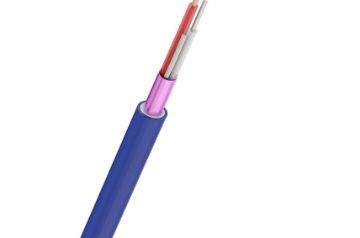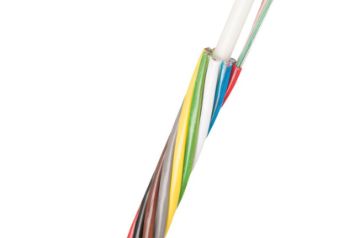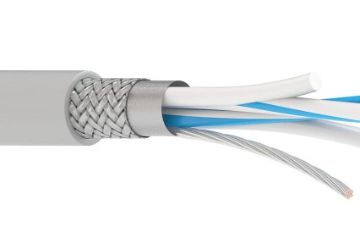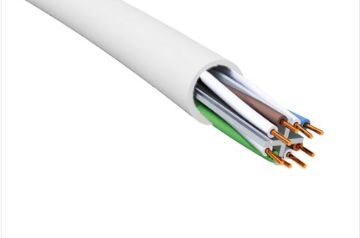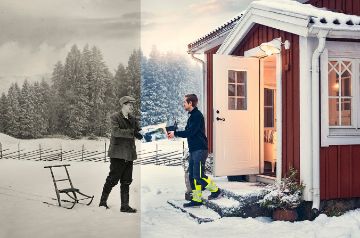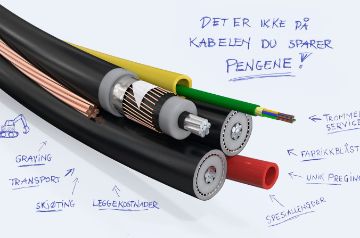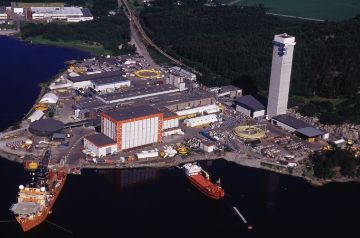- Products
- Segments
- Newsroom
- Tools and Resources
- Sustainability
- We are Nexans
- Search
- Contact us
- Compare
- Sign in
Fire safety
Fire safety starts with cables

Why do cables matter?
It is required that cables in buildings are self-extinguishing, such that they do not contribute to the spread of a fire. It is very rare for cables themselves to be the cause of a fire, but when exposed to a fire, they can impact its course, just like all other equipment and installations present.
One of the purposes of our guidelines is to raise awareness with the public about fire safety in buildings and other structures. Nexans actively participates in standardization and regulatory work in this field, as well as in several relevant national and international committees.
Electrical cables can guarantee the supply of energy and the transmission of signals and information.
When it comes to fires, the main cause for loss of life is due to smoke inhalation and the release of toxic gases. Both of these significantly reduce one’s ability to escape and further increase the level of damage done to material goods. Cables can contribute to active and passive protection. Functionally safe cables, for example, guarantee the supply of energy and/or transmission of signals during the course of a fire (for a set period of time).
Cables can be found everywhere, and in large quantities, but if they have been projected and installed correctly, they are not dangerous in and of themselves.
- Omnipresence: Cables - like pipes and air conditioning conduits - are everywhere around us, and most of the time not visible once they are installed. They link rooms and floors and go through the walls without interruption. In the event of a fire, cables can therefore be a vector of propagation of fire.
- Large quantity: The sheer volume of cables in modern buildings due to the rapid technological evolution (electrical appliances, telephones, computer connections…) can be astonishing. In many office and shopping centers, new cables are added, to upgraded IT networks or new electrical security standards. All these cables represent a significant quantity of fuel for fire.
According to the behavior of fire safety cables during fire, they can be classified in two categories:
- Low fire-hazard cables: lower smoke opacity and gas emissions, even prevent flame from spreading and reduce heat release.
- Fire-resistant cables: ensure integrity of function during a fire.
Regulators, architects, engineering offices, contractors, wholesalers, cables manufacturers, etc. everyone should play an active role in the use of fire safety cables.
The majority of deaths in a fire are due to inhaling dangerous gases. It is vital to reduce the exposure time to these gases by facilitating safe evacuation with the best possible visibility.
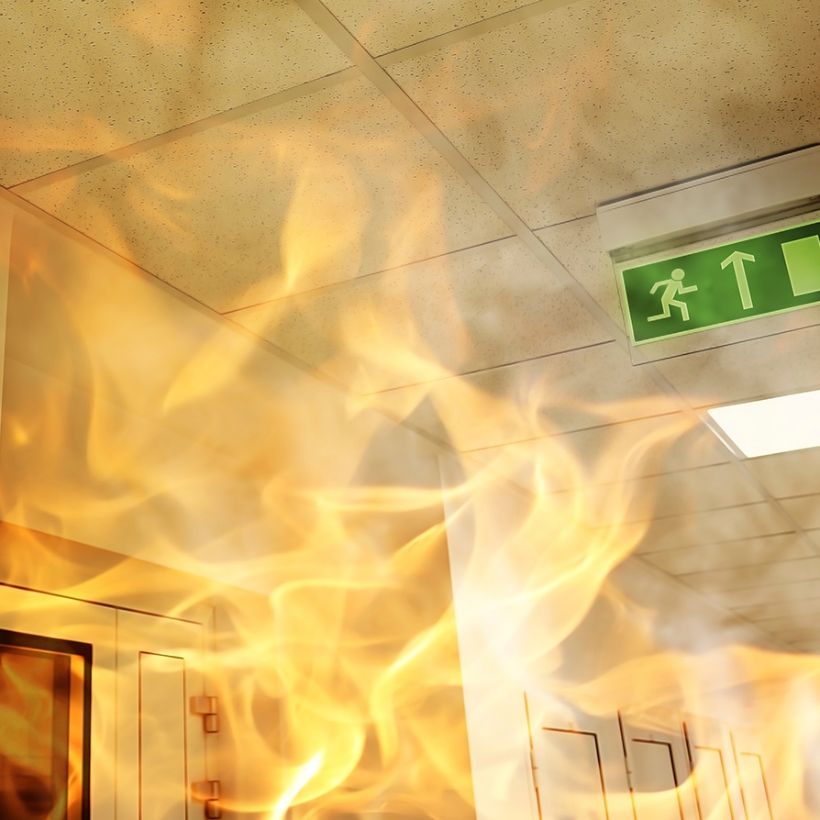
The CPR for Reaction to Fire cables became effective in 2016 according to the product standard EN50575:2014 that was listed on the ECOJ C 378 (notice no. 2015/C 378/03) on the 13th of November.
Starting from the 1st of July 2017, every product must be CE marked and needs to have Declaration of Performance.
All cables used in any type of building are subject to the Construction Products Regulation (CPR). Learn about your responsibilities on fire safety and how to comply.
Our websites
Select your country to find our products and solutions
-
Africa
- Africa
- Ghana
- Ivory Coast
- Morocco
- North West Africa
- Americas
- Asia
- Europe
- Oceania

